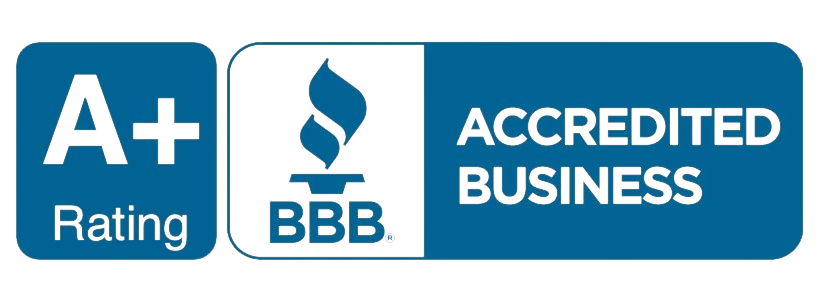Quad Cities Real Estate: Assessing Valuation Factors and Trends
In the Quad Cities, property values are influenced by a myriad of factors that can vary significantly from one neighborhood to another. Understanding these factors is crucial for both homeowners looking to sell and potential buyers eyeing the market. We will explore the unique elements affecting real estate valuations across this region, including the impact of amenities, school districts, and local infrastructure projects. For sellers, gaining insights into these components will aid in effectively gauging the worth of their properties, ensuring competitive pricing and strategic market positioning.
Influence of Local Amenities
The proximity to local amenities such as parks, recreational facilities, shopping centers, and entertainment districts plays a substantial role in property valuation. Properties located near vibrant, well-maintained amenities tend to have higher valuations due to the increased quality of life these features offer residents.
Benefits of Nearby Parks and Recreational Facilities
Living near parks and recreational areas offers aesthetic benefits, opportunities for physical activity, and a communal space that enhances neighborhood appeal. These areas also contribute to the environmental health of the community, which is increasingly valued in urban settings.
Impact of Shopping and Entertainment Districts
Access to shopping and entertainment is another critical factor. Areas within walking distance or a short drive to retail centers and dining or nightlife hubs are highly attractive. These features not only provide convenience but also foster a sense of community and vibrancy that is attractive to current and prospective residents.
Importance of School Districts
For many buyers, especially those with families, the quality of local school districts is a paramount concern. Homes in districts with highly rated schools often demand higher prices, reflecting the value placed on educational opportunities.
School Rankings and Home Values
Studies consistently show a correlation between school performance metrics and home values. Homes within the boundaries of acclaimed schools can see their value bolstered by this association, making them particularly appealing in the real estate market.
Local Infrastructure and Development
Ongoing and planned infrastructure projects can significantly impact property values in the Quad Cities. These projects can both positively and negatively influence home prices, depending on their nature and the changes they bring to a neighborhood.
Transportation Developments
Improvements in transportation—such as new roads, bridges, and public transit options—generally increase property values by enhancing accessibility and reducing commute times. However, properties directly adjacent to these projects may experience temporary dips in value due to construction disturbances.
Utilities and Essential Services
Upgrades to utilities and essential services, such as enhanced water systems, sewer lines, or broadband services, can also positively affect property values. These improvements not only enhance living standards but also boost appeal to prospective buyers looking for modern, reliable infrastructure.
Economic Factors and Market Trends
Economic stability and growth in the Quad Cities influence real estate values. A robust local economy with growing employment opportunities can drive up property prices by increasing demand. Conversely, economic downturns tend to depress property values.
Local Employment Opportunities
The presence of major employers and the stability of the job market greatly affect local real estate markets. Regions with a diverse and expanding job market tend to attract more residents and maintain higher property values.
Historical Real Estate Trends
Analyzing past real estate trends provides insights into potential future movements in property values. Sellers and buyers can benefit from understanding these trends, which help in making informed predictions about when the market might peak or dip.
Evaluating a Property's Worth
For sellers in the Quad Cities, determining the right price for a property involves a deep understanding of all these factors. Comparative market analysis (CMA) conducted by real estate professionals can offer valuable insights by comparing similar properties in similar areas.
Professional Appraisals
Securing a professional appraisal provides an objective assessment of a property’s market value, considering all regional and property-specific factors. This appraisal is crucial in setting a competitive, fair price that reflects both the current market and individual property characteristics.
Ongoing Monitoring
The real estate market is dynamic, with values fluctuating based on local and national economic shifts, changes in community amenities, and demographic trends. Regular monitoring of these changes helps sellers remain competitive and capitalize on the best times to sell.
Homeowners and potential buyers in the Quad Cities must consider a complex tapestry of factors when assessing property values. From the draw of local amenities and the quality of school districts to the impact of infrastructure projects and economic conditions, a multitude of elements influence real estate valuations. Understanding these factors not only aids sellers in setting the right price for their properties but also allows buyers to make savvy decisions in their real estate investments. Armed with the right information and insights, stakeholders in the Quad Cities real estate market can navigate this competitive landscape with confidence, ensuring decisions that are both informed and beneficial.
Ready to navigate the Quad Cities' real estate market with confidence? Our team is here to provide you with unparalleled expertise and insights, ensuring you make informed decisions whether you’re buying, selling, or assessing your property’s value. Connect with us today and let's get started on achieving your real estate goals together!













